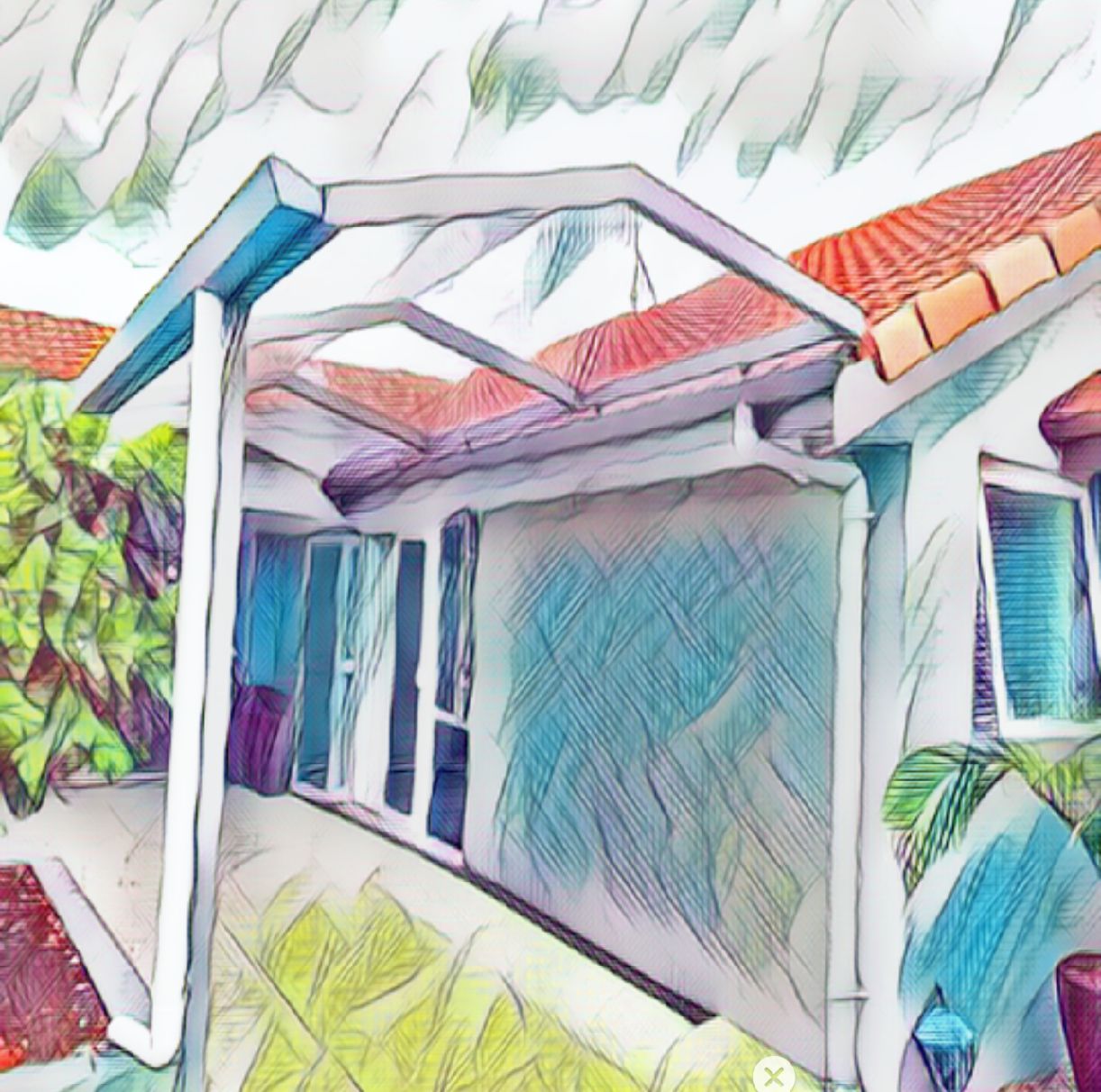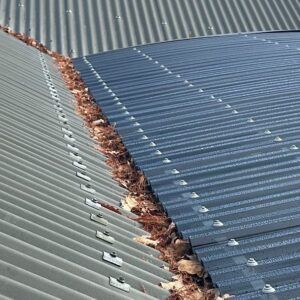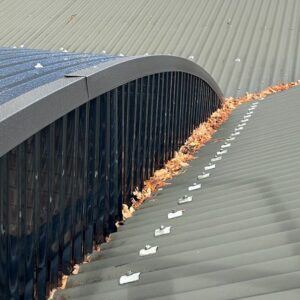
Expert Views...
Covering an outdoor entertaining area?
Covering in an outdoor area – what you need to consider!
While we all want to expand our outdoor living areas to be more useable in any weather conditions, careful consideration has to be given to the design of the type of covering you install and how it can affect your house plus your ability to maintain keeping your gutters clear.
Houses today are designed for a maximum roof area to feed rainwater into the downpipes. If by adding a pergola type covering that puts more water into your existing gutters, you could well experience overflowing gutters which may damage your house during heavy rains.
Another issue to bear in mind is the ability to clean any debris out of your gutters. We have seen many designs over the years where it is physically impossible to clean your gutters without dismantling some or all of the outdoor area roof cover. While fitting gutter guards would help save you having to do this, if you can’t get to your gutters, neither can we.
Your environment and the area where you are going to enclose must also be taken into consideration. Covering a ‘U’ shaped area of your house means that you will have 2 valleys feeding water and debris into the bottom of the ‘U’. Most designs these days will incorporate some form of shield or flap to act as a windstop. If it can stop the wind, it will certainly stop any leaves from blowing off your roof. If leaves and debris builds up against these windstops, and you can’t get up there regularly to remove it, then as it decays, it will start causing damage to your roof.
The Arch-gola shown in the photos below had only been installed 2-3 weeks before these photos were taken. As you can see, not only had the leaves started choking the gutters on the arched end, but they were even beginning to block the valley as well. Once the valley and gutters at the bottom of the valley are full of debris, rainwater will have no where to go but back into your house. When that happens, insurance companies are within their rights to deny any claim as this would be classed as a lack of maintenance on your side.


On the roof to roof side, in an attempt to reduce wind draught, the plastic roof is finished low onto the iron roof. This has created a trap for the leaves which will sit there and start decaying. Decaying leaves leach tannic acid which is corrosive to your roof. If your roof rusts through prematurely where the leaves are decaying, then who is paying? You are!
Please consider these issues before you finalise your design to make sure you are not going to big problems later on.
P.S. Did we resolve these issues for this client?
Yes we did. On the arched end we removed the windstop and fitted our gutter guards to allow the leaves to slide off. On the roof to roof side we had the plastic roofing lifted so we could fit gutter guards under it plus had it cut back to allow the leaves to go under it and over the covered gutters.
A few leaves in your outdoor entertaining area and a bit of wind is a small price to pay considering the alternative which is major water damage to your house, or re-roofing that area, which will most likely not be covered by insurance.
